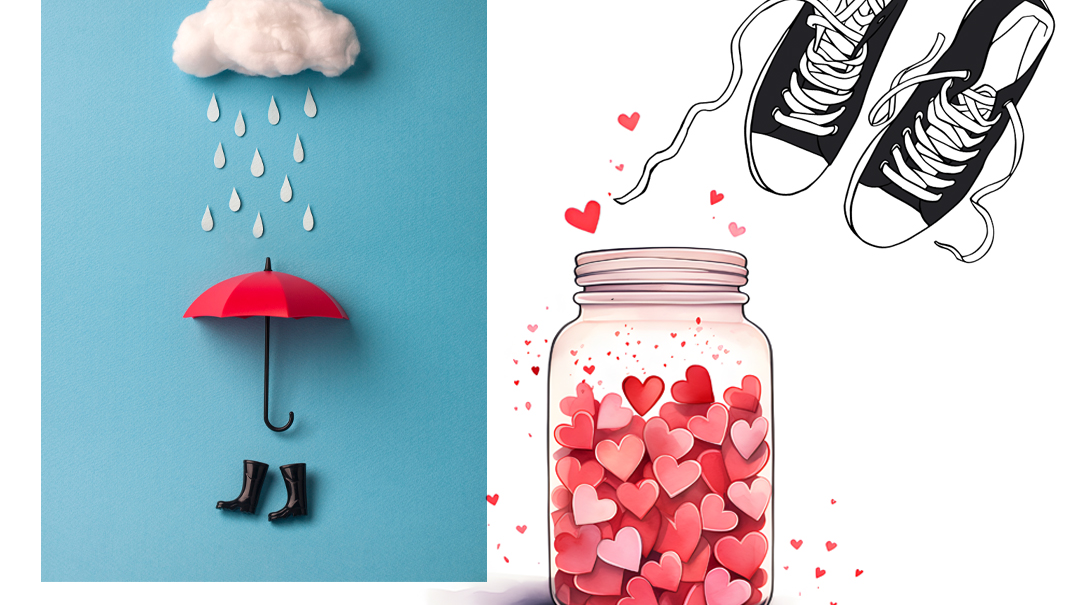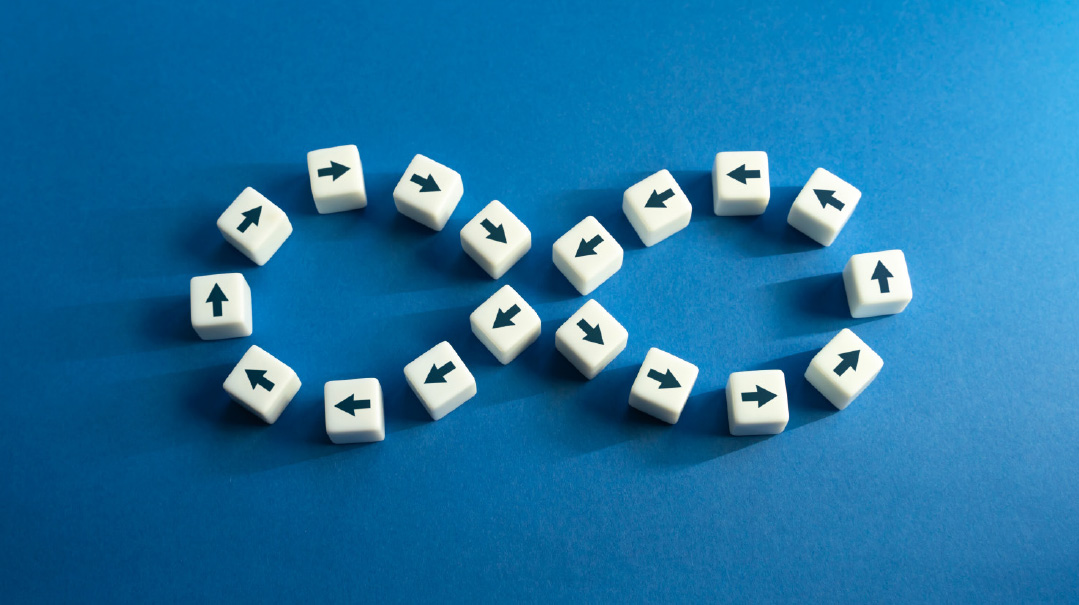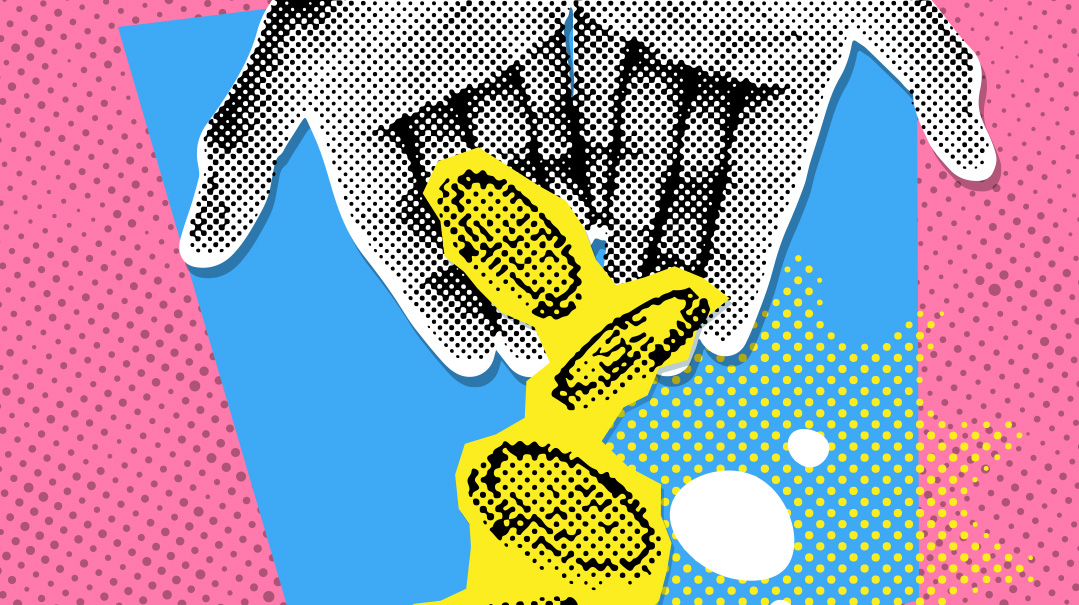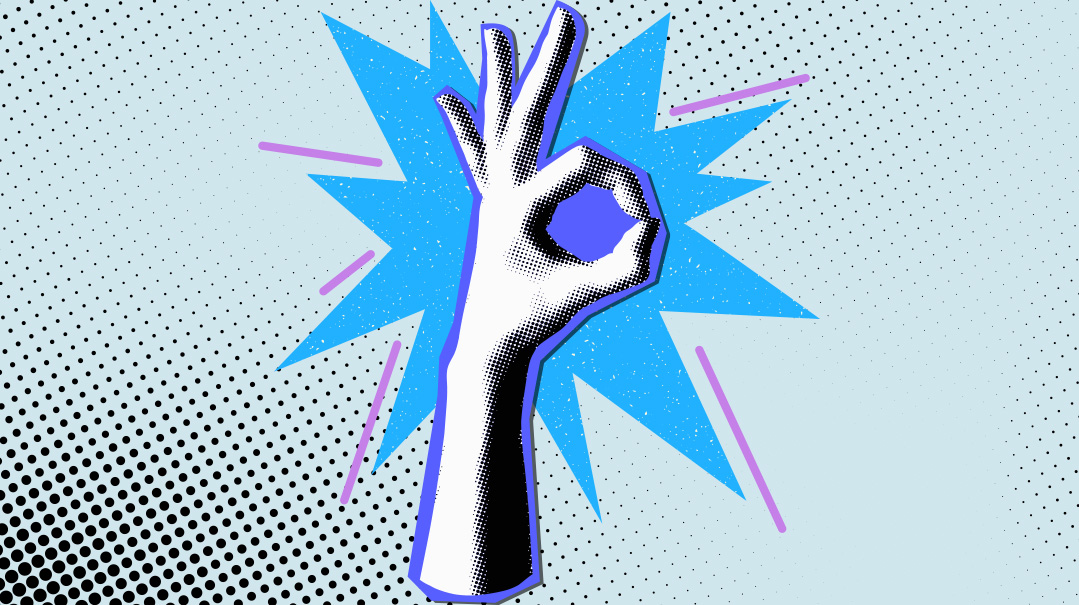Self-Regulation Toolkit
| December 26, 2023Put this kit together when you’re not in the anxious mode and have it accessible for when you need it most

Self-Regulation Toolkit
Sarah Rivkah Kohn
For many of us, winter is a rough season. For some, it’s ordinary winter blues, for others full-blown SAD (seasonal affective disorder), and for yet others it’s a spike in low-grade anxiety (sometimes attributed to a lack of time spent in the sun and lowered Vitamin D levels).
Though all of the above can be addressed in multiple ways, it’s important to differentiate between chronic, clinical symptoms and a niggling, come-and-go kind of anxiety or sadness. In the latter case, having a sensory self-regulation kit can help.
In this kit (which doesn’t have to be an actual kit — just stuff you keep in your home or office), you have something that appeals to each of the senses. Interestingly, even someone who usually is regulated by one sense can easily switch, so having something for each of the senses can be a helpful way to address multiple feelings.
Sight: Do you have a photo of a place that has brought you comfort or calm? Print it and keep it handy to virtually take you back there.
Smell: Aromatherapy is helpful to many. This can be done with herbs, candles, salts, or oils — anything with a smell that helps you. You may want to sniff it or use it in something you cook or add to a bath.
Hearing: Create a winter playlist. This can include calming music or dance tracks — there is no right “type.” It’s more about having something you can go to. In addition, for some, using noise canceling ear phones while listening to this sort of thing can be very grounding.
Touch: Many children (and shhhh, adults!) love teddy bears. It isn’t just the playfulness they evoke, but the calm induced by the furry exterior. This is the power of touch. For some, weighted blankets can be helpful, while others prefer simple comfort blankets or just having a sweater, pillow, or fabric that feels good.
Taste: There are three T’s that are helpful here: Taste — is there something that tastes terrific to you and helps you in that way? Temperature — ice cubes or hot drinks both lower the racing heart rate sometimes associated with anxious feelings and in general may have a grounding effect. And lastly, Texture — for some, it’s biting into something very hard or running their tongue on something very soft that has the desired effect.
The key to making these techniques effective is to try to put this kit together when you’re not in the anxious mode and have it accessible for when you need it most.
Sarah Rivkah Kohn is the founder and director of Zisel's Links and Shlomie’s Club, an organization servicing children and teens who lost a parent.
Grief and Gratitude
Sara Eisemann
“The work of the mature person is to carry grief in one hand and gratitude in the other and to be stretched large by them. How much sorrow can I hold? That’s how much gratitude I can give. If I carry only grief, I’ll bend toward cynicism and despair. If I have only gratitude, I’ll become saccharine and won’t develop much compassion for other people’s suffering. Grief keeps the heart fluid and soft, which helps make compassion possible.”
—F. Weller
Grief and gratitude work in a “zeh le’umas zeh” paradigm; as we grow in capacity for one, we grow in equal capacity for the other. The mark of an emotionally healthy person is his capacity for integration. The people we are drawn to are as unafraid of joy as they are of pain. They fear neither, because they recognize that both are necessary to live a rich, deep, and nuanced life. The contrast of one against the other makes both more poignant. Living in either pole is safe and predictable, but it precludes one from truly experiencing the fullness of life and of human relationships.
Keeping the heart exposed to the elements carries the risk of injury, but it also keeps the heart open to receiving the experience of another. When we sugarcoat our heart with a layer of insulation, it effectively blocks entry by anyone seeking refuge in us.
Let gratitude be our defining force. But let it be the gratitude that results from touching the pain, sharing it, and then reflecting on all the blessings contained in that pain. Let it be a deep and genuine gratitude, not a superficial one that doubles as a barrier to our heart.
Sara Eisemann, LMSW, ACSW, is a licensed therapist, Directed Dating coach, and certified Core Mentor.
A Mile in Their Shoes
Shoshana Schwartz
The expression, “You can’t understand someone until you’ve walked a mile in their shoes” implies that you must experience exactly what someone else has gone through — and experienced it for a significant amount of time — to really be able to understand them.
Actually, it’s not true.
Fact is, we can never walk that exact mile. We can walk a similar path or wear similar shoes, but we can never undertake someone else’s exact journey.
Fortunately, we don’t need to. If you’ve undergone a challenge and searched for resources, you can relate to someone else’s search for resources. If you see someone desperately holding on to behaviors that hold them back, you can relate to the difficulty in letting go of well-worn, unhealthy habits.
Offering compassion doesn’t require you to walk the long mile; it only requires a desire to be compassionate.
Shoshana Schwartz specializes in compulsive eating, codependency, and addictive behaviors.
(Originally featured in Family First, Issue 874)
Oops! We could not locate your form.







